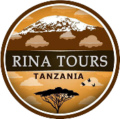Zanzibar
On the route less traveled with Rina-Tours
Lovely palm fringed beaches, water sports, rich culture and historical sites are some of the unique tourist attractions in Zanzibar. Our safaris in Zanzibar are conducted by knowledgeable guides with deep knowledge of local culture. The safaris will include visits to the historical old town commonly referred to by the locals as ‘Mji Mkongnwe’. The best way to get around Zanzibar is by foot. Other options include-motor taxi, motor cycle, bicycle, matatu. You can also rent a car.
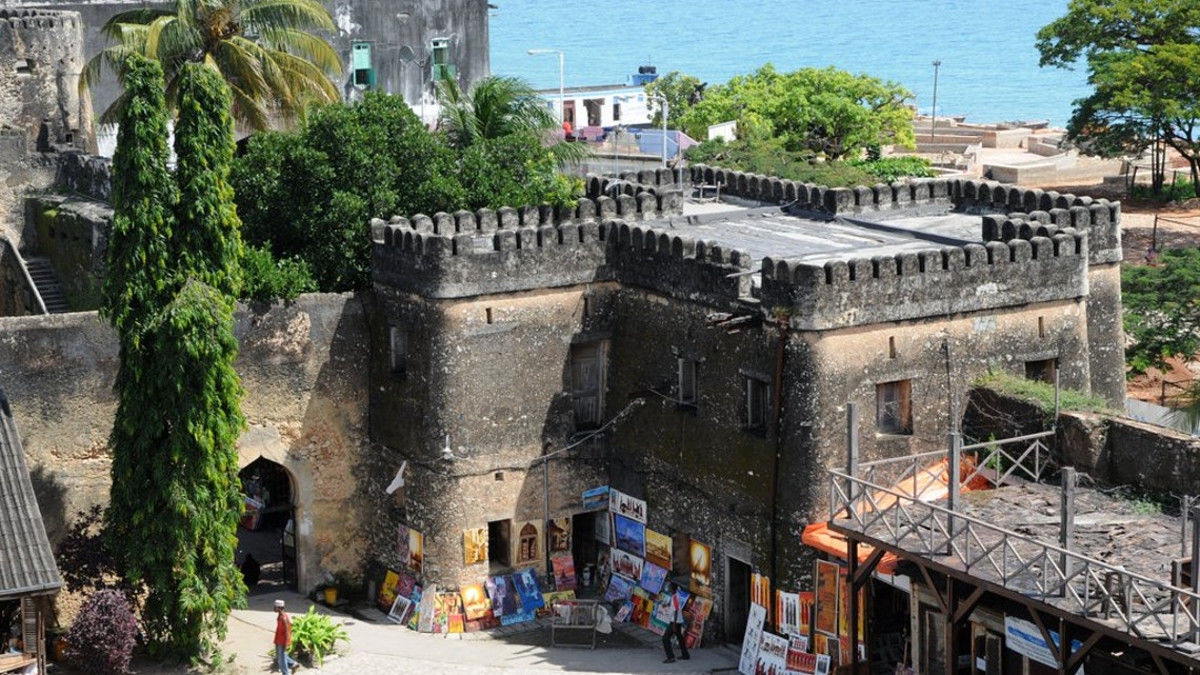
The Stone Town Tour
The Stone Town refers to that area of Zanzibar in the heart of the old town with winding narrow streets and historical buildings. This part of Zanzibar is referred to by the local people as ‘Mji Mkongwe’. Our guided safaris in this part of Zanzibar includes visits to the house of wonders, palace museum (People’s Palace), Livingstone’s House, Old Fort, former slave market, bazaars, old habour etc.
Spice Tour
Zanzibar is famous for her cloves. Other spices are nutmeg, vanilla, cardamon and cinnamon, the spices which motivated the Sultan of Oman to settle there permanently. Other than species, the island famous for tropical fruits, perfumes plants and food crops. Coconut palms, maize, yams, cassava are grown. Zanzibar is the main exporter of cloves in the world.

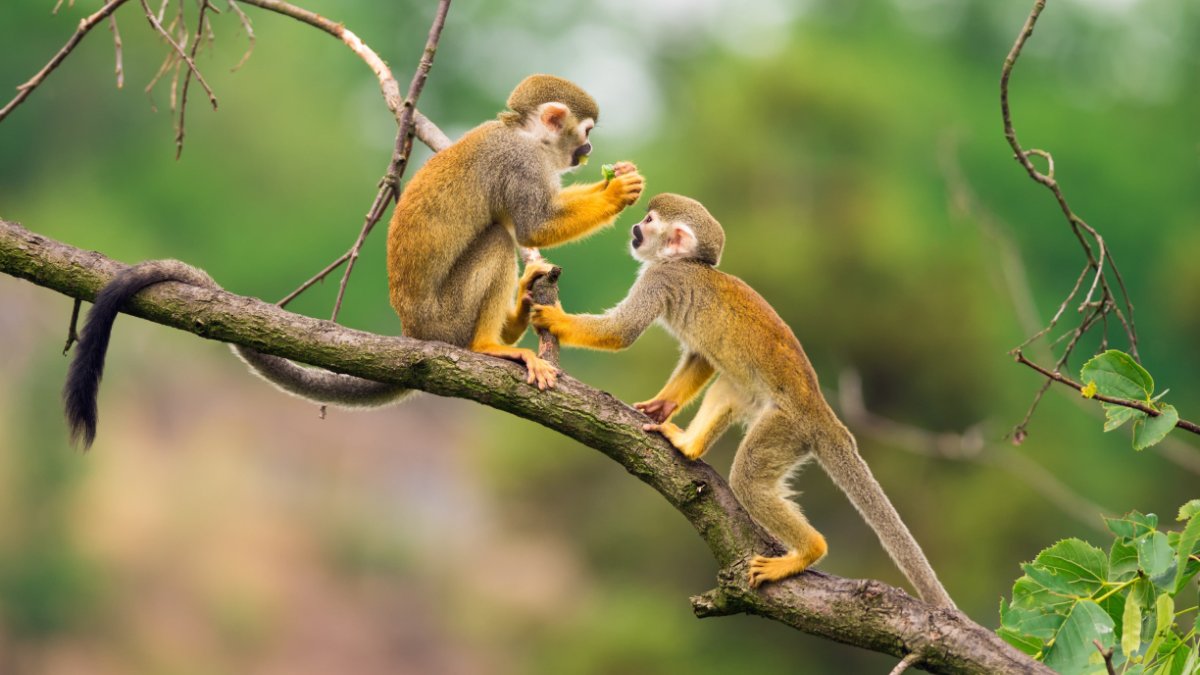
Jozani Forest
Jozani forest is the centre of biodiversity in Zanzibar. Jozani forest is the largest area of mature forest left on the island. It is also host to the endangered Zanzibar Red Colobus monkey, several species of butterflies, about 40 species of birds and several other animals.
Prison island or Changuu
Across the west coast of Zanzibar 30 minutes by boat from Stone town is Changuu Island with its beautiful beaches ideal for swimming, sun bath and snorkeling

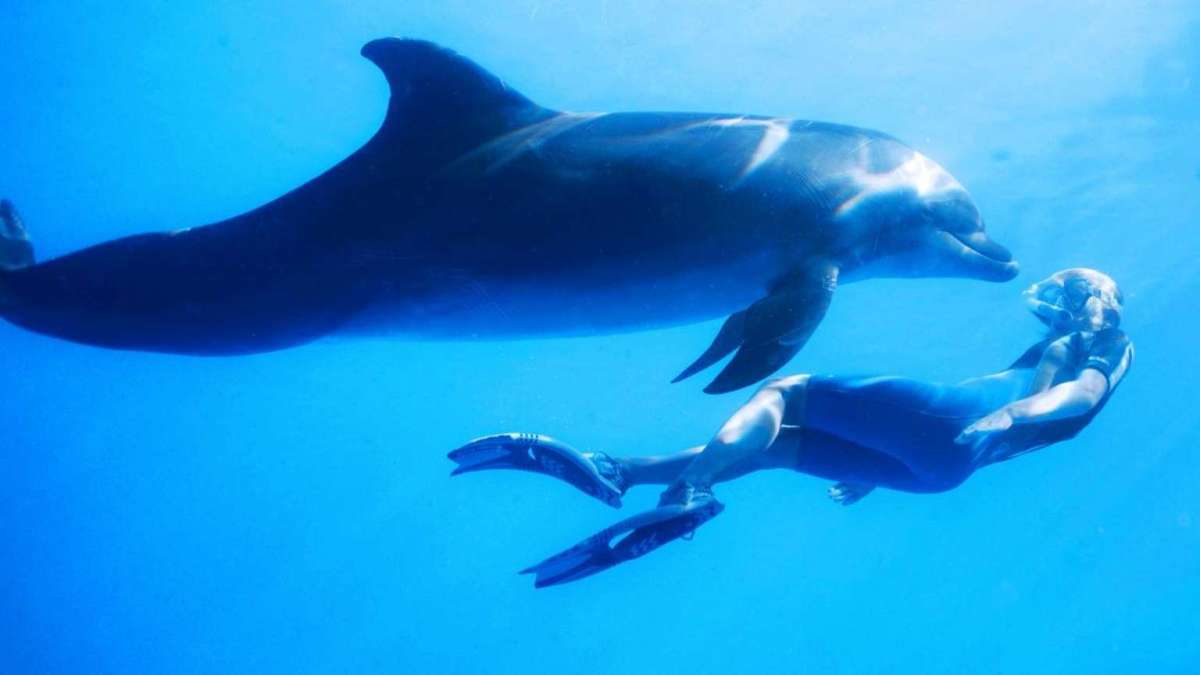
Swim with the Dolphins
Located in the southern tip of Zanzibar, the fishing village hosts several schools of Dolphins, 12th Century mosques, tombs dating 17th Century. The highlight of the tour to the village is a swim with the dolphins.
North Coast Tour
You experience the Mkokotoni fishmarket first, before you head to the island Tumbatu, where the ethnic group of Watumbatu lives. Here, you are able to experience, how inhabitants of the island are living. Afterwards, you drive further along the north coast, which is a paradise for watersports. In Nungwi – the most northern point of the island, you visit a little local company, which produces handmade traditional dhow – which are used for fishing since centuries.

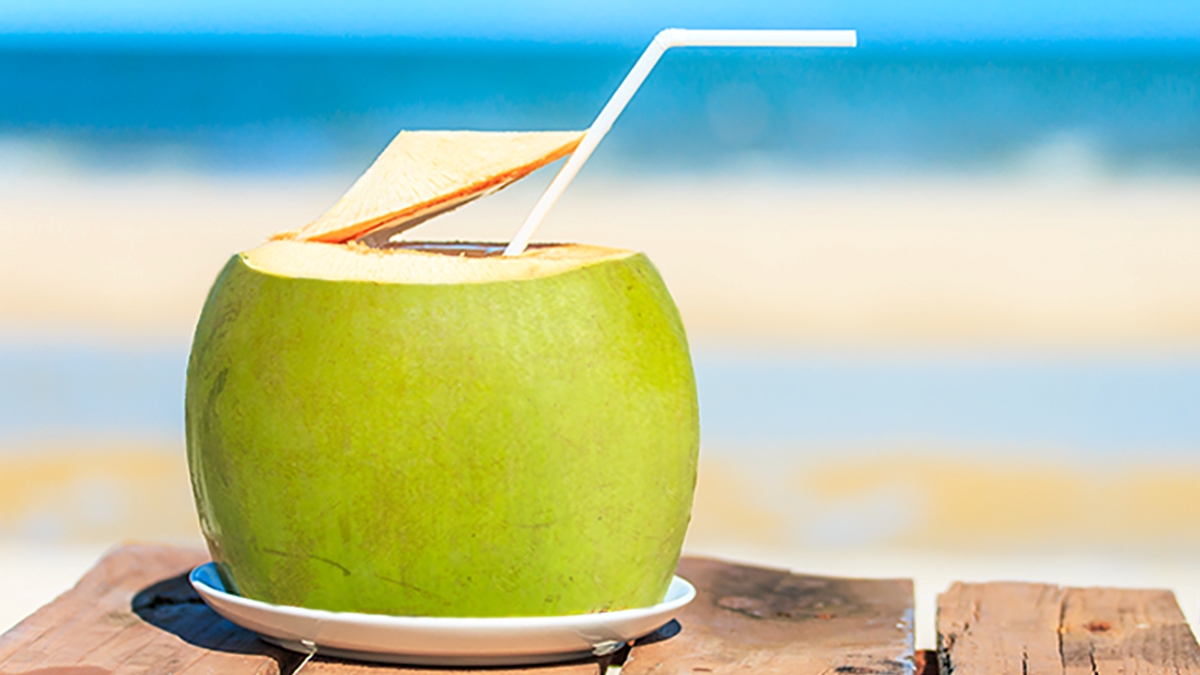
Safari Blue
With this beautiful excursion, you will drive with a little boat to a sandbank in the middle of the indian ocean.Here, you are able to swim or snorkel. Refreshing fruits and coconuts are available.
Later, you willl be driven to a secluded island where you will enjoy a royal dinner including fresh seafood and fish, decorated with zanzibarian rice and coconut sauce or fries. Enjoy the Robinson felling and relax in a group or in pairs in one of these beautiful lagoons.
Other Beach Areas
-
The House of Wonders
The first to have electricity in the Zanzibar, it is the for Sultan Barghash.
-
The Palace Museum
Used to be the Royal residence of the Sultan of Zanzibar until the dynasty was overthrown in 1964.
-
The Old Arab Fort
In recent years it has been renovated to house the Zanzibar Cultural centre. The Arab Fort is the centre of Zanzibar Festivals. These include:
-
Livingstone’s House
Built by Sultan Said Majid who ruled Zanzibar from 1856 to 1870 built this house around 1860. Dr. David Livingstone used it as a base for his last journey into the interior of Africa. Several other missionaries and explorers also used it as a starting point e.g. Burton and Speke.
-
Nungwi
To the Northern tip of Zanzibar lies the fishing village of Nungwi which is famous for its beautiful beaches ideal for swimming sunbathing or just relaxing.
-
Pangani
A small Swahili town located at the mouth of the Pangani River. According to some, Pangani’s origins can be traced back almost two thousand years to the trading centre of Rhapta. The town is also home to a community-based cultural tourism program which offers a variety of guided walks and river cruises, and visits to fossilized dinosaur remains
-
Tongoni Ruins
Just up the coast road. These ruins include the remains of a mosque and some graves estimated to date from the fourteenth or fifteenth century when Tongoni was a significant coastal trading port.
-
Amboni caves
Located about 8km north-west of Tanga. The caves are thought to have formed during the Bathonian period (176-169 million years ago), when sea levels were much higher than they now are. Winding passageways, dripping stalactites, colonies of bats, an assortment of legends, and hot-water springs.
-
Saadani Game Reserve
Where bush meets beach. A unique shoreline wilderness combining marine, savanna, forest and riverine environments together with the historic village of Saadani. 70km north of Bagamoyo. Trips can also be arranged from Pangani.
-
Bagamoyo
The infamous transit point for the nineteenth-century slave and ivory trades. Also the place where a host of explorers and missionaries set off into the African interior. A few kilometers away the ruins of the medieval Swahili trading centre of Kaole give a taste of what life was like almost eight centuries ago.
